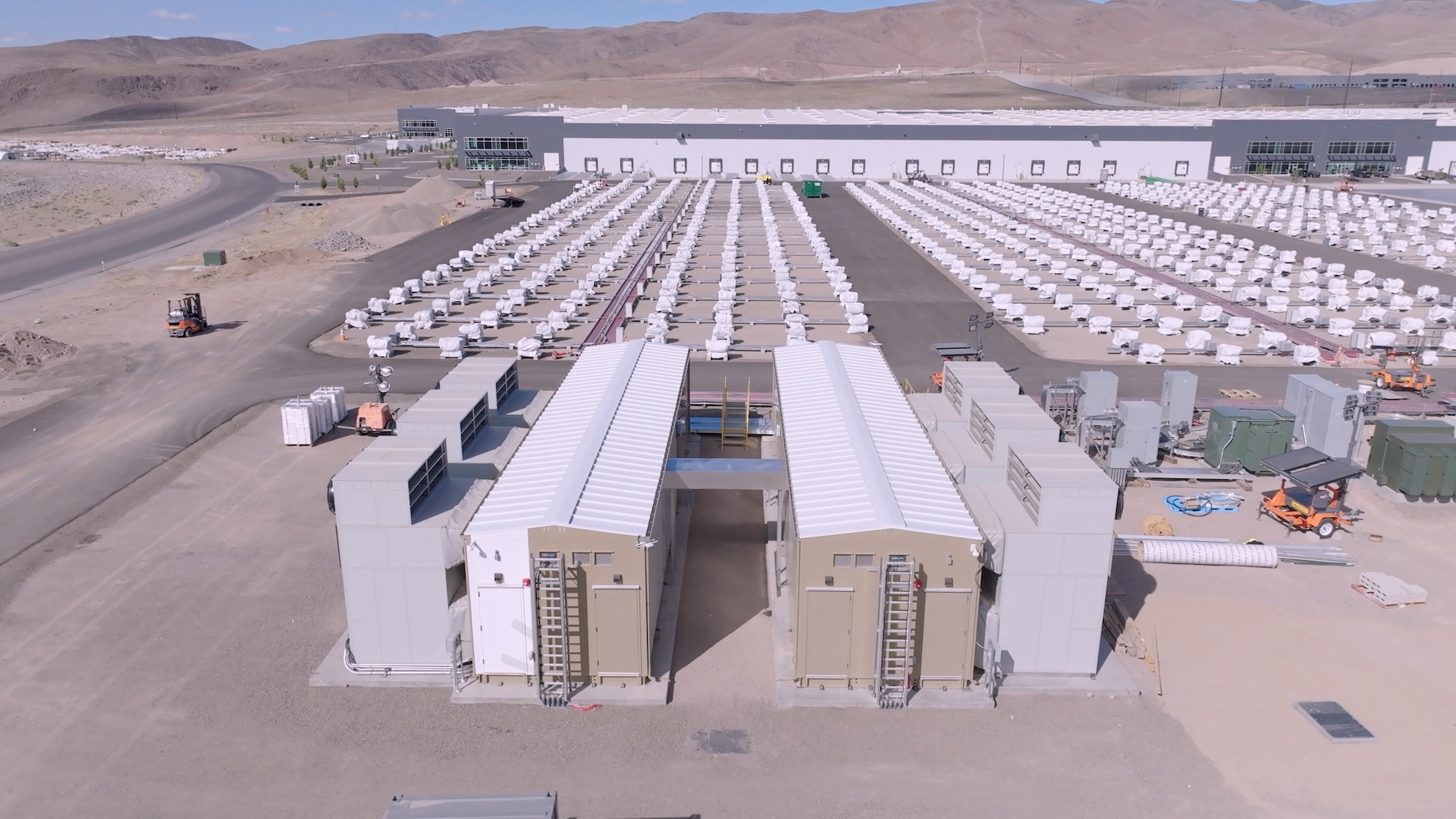
The burgeoning artificial intelligence sector is currently experiencing an unprecedented surge of investment, fueling both excitement and apprehension across global markets. While the transformative potential of AI is widely acknowledged, a critical examination reveals that the economic dynamics at play bear striking resemblances to historical speculative cycles, often referred to as "bubbles." In economic terms, such a phenomenon occurs when the valuation of an asset or sector becomes detached from its fundamental value, driven by speculative enthusiasm, leading to investments that ultimately exceed sustainable demand. The current AI boom is characterized by enormous capital commitments, particularly in foundational infrastructure, creating a high-stakes gamble on future technological adoption and operational capabilities.
Echoes of Past Booms and Busts
Understanding the contemporary AI investment landscape benefits from a brief look back at previous technological frenzies. The dot-com bubble of the late 1990s, for instance, saw astronomical valuations for internet companies, many of which lacked viable business models, culminating in a dramatic market correction. Similarly, the railway mania of the 19th century or the Dutch tulip craze centuries prior illustrate how collective optimism, combined with readily available capital, can lead to overinvestment in a perceived revolutionary technology or commodity.
What distinguishes the AI era, however, is the fundamental nature of the technology itself. Unlike some past speculative assets, AI’s potential to redefine industries, enhance productivity, and solve complex problems is not in question. From advanced analytics and personalized medicine to autonomous systems and climate modeling, AI is poised to be a foundational technology for the 21st century. This inherent value underpins the current enthusiasm, yet it also obscures the very real logistical and economic hurdles that could temper its immediate, large-scale commercialization. The core challenge lies not in AI’s promise, but in the vast, complex, and time-consuming infrastructure required to bring that promise to fruition, and whether demand will materialize at the scale and pace anticipated by investors.
The Great Timeline Discrepancy
At the heart of the current dilemma is a profound mismatch between the rapid evolution of AI software and models, and the much slower, more arduous process of constructing and powering the physical infrastructure necessary to support them. AI development, particularly in areas like large language models and generative AI, progresses at an astounding speed, with new breakthroughs and model iterations appearing almost monthly. These advancements, however, are utterly dependent on a massive, physical substrate of computing power housed in specialized data centers.
Building a state-of-the-art data center is an undertaking measured in years, not months. It involves securing vast tracts of land, navigating complex zoning and environmental regulations, procuring specialized hardware like high-performance GPUs, installing sophisticated cooling systems (often liquid-based for the latest chips), and, crucially, securing an enormous, reliable power supply. Each component of this intricate supply chain—from semiconductor fabrication plants to power grid upgrades—operates on its own multi-year timeline. This inherent friction creates a speculative gap: investors are pouring capital into infrastructure projects today based on projections of AI demand several years down the line, a future that remains inherently uncertain and subject to rapid technological shifts.
Unprecedented Capital Commitments
The sheer scale of financial commitments to AI infrastructure is staggering. Recent reports highlight investments that dwarf many national infrastructure projects. For example, a data center campus linked to Oracle in New Mexico reportedly secured an astounding $18 billion in credit from a consortium of 20 banks. This colossal sum is merely one piece of a much larger puzzle. Oracle has already entered into contracts worth $300 billion to provide cloud services to OpenAI, a leading AI research and deployment company. These two powerhouses, alongside Softbank, are reportedly collaborating on the ambitious "Stargate" project, aiming to build a colossal $500 billion AI infrastructure network. Not to be outdone, Meta Platforms, the parent company of Facebook, has publicly committed to spending an estimated $600 billion on infrastructure over the next three years, much of it dedicated to bolstering its AI capabilities.
These figures represent more than just corporate spending; they signify a collective belief that the future of computing is inextricably linked to AI. However, such massive bets, while indicative of confidence, also magnify the potential for miscalculation. The complexity and fluidity of the global supply chain for AI services make it extraordinarily difficult to forecast precise demand requirements years in advance. The critical variables extend beyond simple user adoption rates; they encompass how AI will be integrated into daily life and enterprise operations, and whether unforeseen breakthroughs in energy efficiency, semiconductor design, or power transmission could fundamentally alter the infrastructure landscape.
The Hesitant Enterprise and Uncertain Demand
Despite the colossal investments in supply, the demand side of the equation presents a more nuanced picture. A recent survey conducted by McKinsey & Company, which examined how top firms are deploying AI tools, revealed a mixed bag of results. While nearly all surveyed businesses reported some level of AI adoption, only a fraction were utilizing it at a truly transformative scale. Many companies are successfully leveraging AI for specific, targeted use cases, such as automating routine tasks or optimizing certain processes, leading to measurable cost reductions. However, these applications often remain siloed and have yet to make a substantial impact on overall business models or top-line growth.
This indicates that a significant portion of the corporate world remains in a "wait and see" mode. Companies are grappling with the complexities of integrating AI, addressing data privacy and security concerns, navigating ethical implications, and overcoming internal skill gaps. The transition from experimental pilot projects to enterprise-wide AI adoption is fraught with challenges, including significant upfront costs, the need for specialized talent, and resistance to change. If the widespread, scaled demand for AI services—the demand that these multi-billion-dollar data centers are being built to meet—fails to materialize as rapidly as anticipated, the market could face a significant oversupply of infrastructure, leading to underutilized assets and potentially substantial financial write-downs.
The Hard Limits of Physical Infrastructure
Even assuming an insatiable future demand for AI, the physical world imposes its own set of formidable constraints. Microsoft CEO Satya Nadella recently underscored this point, expressing greater concern about the availability of suitable data center space than the supply of advanced chips. His remark, "It’s not a supply issue of chips; it’s the fact that I don’t have warm shells to plug into," highlights a critical bottleneck: the scarcity of ready-to-use facilities that can house and power the latest generation of AI hardware.
Power Demands: The most pressing infrastructure challenge is energy. Modern AI models, particularly large language models, are incredibly power-hungry. Training a single large model can consume as much electricity as thousands of homes. Equipping and running a hyperscale AI data center requires megawatts, sometimes even gigawatts, of continuous, reliable power. The existing electrical grids in many regions were not designed to accommodate such concentrated and immense loads. Upgrading grid infrastructure—building new power plants, enhancing transmission lines, and modernizing distribution networks—is an incredibly slow and capital-intensive process, often taking a decade or more from conception to completion, and frequently encountering local opposition. This means that even if data centers are physically constructed, connecting them to sufficient power can be a significant, if not insurmountable, hurdle in the short to medium term.
Physical Space and Cooling: Beyond power, the physical requirements are also evolving. The density of modern AI compute means traditional air-cooling systems are often insufficient. Liquid cooling, while more efficient, adds complexity and cost to data center design and operation. Furthermore, securing large, strategically located parcels of land with access to both power and connectivity is becoming increasingly difficult and expensive, especially in desirable urban or suburban areas.
Skilled Labor: The construction and ongoing operation of these highly specialized facilities also demand a skilled workforce, from electrical engineers and construction managers to AI system architects and data center technicians. The global talent pool for these roles is finite, creating another potential bottleneck that could slow down deployment and increase operational costs.
A Complex Future: Navigating the Unknown
The current state of AI investment, characterized by colossal bets on future demand against the backdrop of slow-moving physical infrastructure, creates a dynamic and uncertain environment. The "AI bubble," if it can be called that, is not necessarily indicative of a lack of fundamental value in AI technology itself. Instead, it reflects the inherent challenges in scaling a revolutionary digital technology within the constraints of the analog world.
The path forward could see several outcomes. A "soft landing" might occur if enterprise AI adoption gradually accelerates, allowing demand to catch up with the burgeoning supply of infrastructure, albeit with periods of overcapacity and consolidation among providers. A "hard landing," akin to previous tech busts, could involve significant write-downs on unutilized data center assets, a cooling of investor enthusiasm, and a temporary slowdown in AI innovation. Alternatively, unforeseen technological breakthroughs—perhaps in energy generation (e.g., small modular reactors), dramatically more efficient chip architectures, or novel data transmission methods—could mitigate some of the current infrastructure challenges, allowing the industry to grow into its ambitious investments.
Ultimately, the AI sector stands at a critical juncture. The promise of artificial intelligence is immense, yet its realization is tethered to the tangible limits of our physical world and the unpredictable pace of human adoption. The current era demands not just technological innovation, but also strategic foresight, careful planning, and a realistic understanding of the intricate interplay between digital aspirations and physical realities. The next few years will reveal whether the unprecedented investments in AI infrastructure will pave the way for a new era of prosperity or become a cautionary tale of betting too big on an uncertain future.





